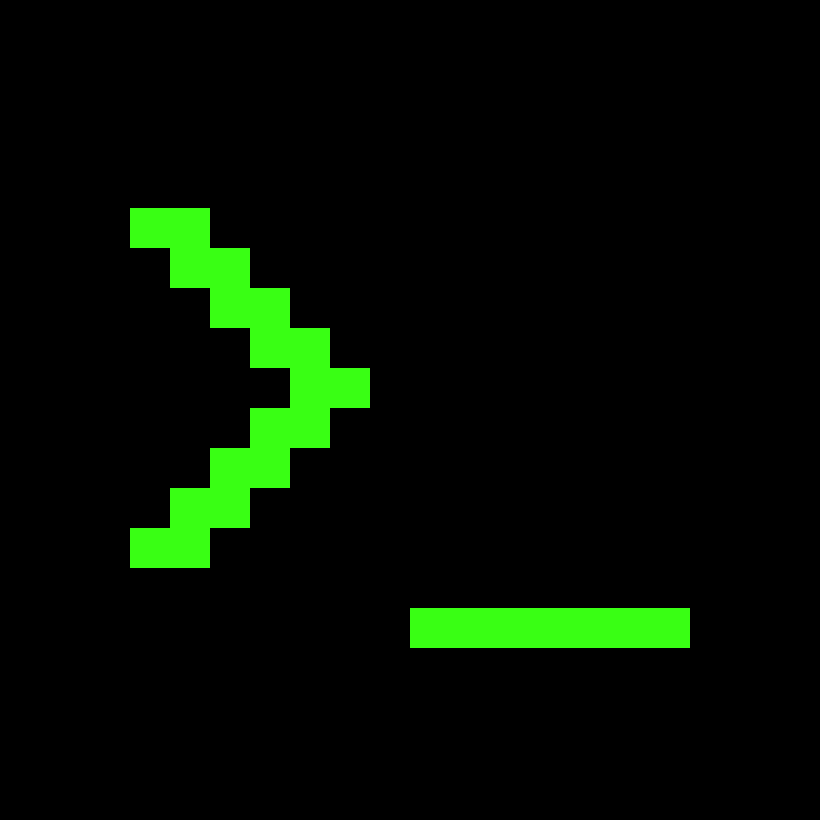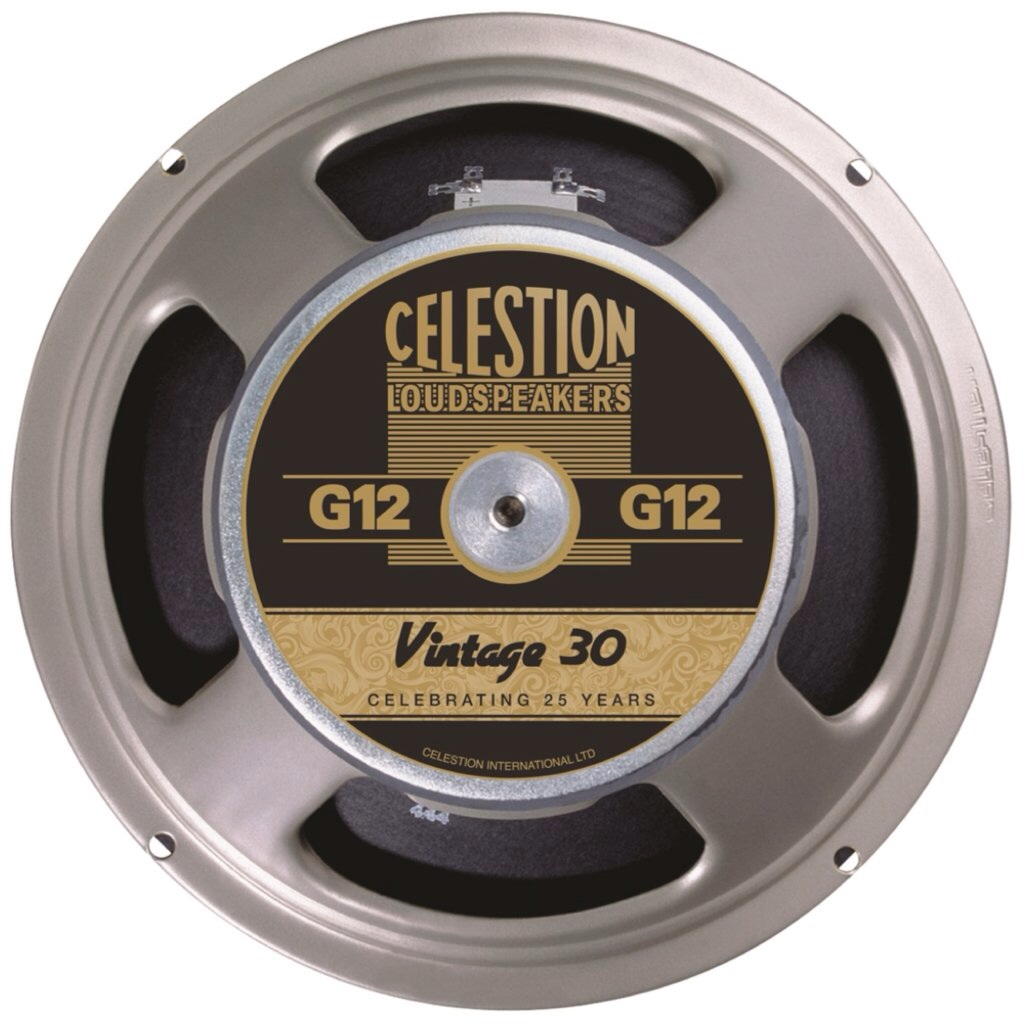Hey there! So after taking your advice this is the result. Ended up going with the following setup, nothing too over the top:
- OS: Debian 12 - bookworm
- Color Scheme • Everforest - Good vibes!
- Icons • Papyrus
- Terminal • Alacritty
- Desktop • Gnome
- Gnome tweaks and extension for shell theme and dock
- Showoff stuff • cbonsai, catnip (sound visualizer) and ranger (as suggested), still doing the dynamic wallpaper thing but because it’s for KDE Plasma I’ll have to find an alternative or code it myself.
+1 for Debian, an OS that never lets you down.
First time using it and absolutely loved it!
Windows refugee?
Nah, Ubuntu refugee
An official Solarpunk machine would have NixOS, IMO.
Why NixOS for Solarpunks:
-
Eco-friendly: NixOS is highly configurable and efficient, which can help in reducing computational waste and thereby energy consumption.
-
Reproducibility: With NixOS, systems are completely reproducible, thanks to the Nix package manager. This means that given a particular configuration file, the same system can be rebuilt identically, reducing needless experimentation and waste.
-
Versioning and Rollbacks: NixOS provides easy versioning and rollbacks, contributing to sustainability by preventing the need for complete system re-installations when things go wrong.
-
Flakes: Flakes, a packaging format in Nix, make it easy to distribute software and configuration across systems. This can help in creating decentralized and resilient networks of systems—a key value in the solarpunk movement.
-
Content-Addressed Derivations: NixOS uses content-addressed derivations, which provide a way to refer to packages or software builds based on their content. This creates a form of software “recycling”, as once a package or build exists, it’s reused across multiple systems without recompilation, saving resources and energy.
-
Transparent and Open Source: NixOS is open source, embodying the solarpunk ideals of transparency, community participation, and decentralization. It allows individuals to take control of their own technological environments and understand the workings of their systems.
-
Modular Design: Its modular design promotes the reuse of software components, which is in line with the solarpunk ethos of reducing waste.
-
Customizability: NixOS allows for extensive customization, empowering users to create systems that suit their specific needs, aligning with the solarpunk focus on individuality and self-reliance.
All these aspects combined make NixOS a fitting choice for a member of the solarpunk movement, who seeks sustainability, efficiency, resilience, and independence.
Why NixOS? Never tried and may give it a go. It’s very hyped right now so I’m curious
Because, among other features, the ENTIRE OS can be configured with one flake.
Here’s my config: https://github.com/harryprayiv/nix-config
That’s cool! Might have to give it a spin in a VM.
I built a config for a VM inside of that repo I showed you.
I have it configured where you create a new machine profile and put it in the system folder (my VM machine profile would get you close) then you configure the home manager aspect. I have two options in that config. One is my normal one and the other is called “slim” which would be better for your case. I even built a TUI that switches to whatever config I want. you’d call: ``./switchTUI from terminal.
The xmonad thing is a choice of mine but I have commented out parts in the machine config files that could to choose to gnome or plasma if I wanted to.
I had to sort of fragment the files for my config because I wanted to create a config that would cover every single kind of system in my network.
I wish Hyprland were configured with Haskell. It’s so pretty.
I like your setup! Maybe I’ll try it. I did consider it due to the single config file but was thinking that it may be missing stuff. But looking at your setup it will probably work for me too. Thanks!
Mine is forked from a guy named gvolpe. So, if you run into problems, comparing his and mine might illuminate some things.
I’m in the process of updating the stripped-down VM config that lives in that repo but it’s a really good start if you run it as a VM. You’d just need new hardware-configuration.nix files for the actual ID’s of the drives that the VM creates. I’m sure someone smarter than me has a proper one…but they’re not using xmonad and polybar! ;)
-
Cool to see another Debian user here. I’m using KDE Plasma. So far, I’ve really liked all the included apps from KDE.
Got a little intimidated by KDE and went with gnome but, I’m still curious about it, any reason you like it better?
Tl;Dr: it’s complicated, and I like complicated.
I tried GNOME in highschool (so about ten years ago), and again when I installed Ubuntu onto my sister’s computer. I just didn’t like it. It didn’t click with me, and it looked a lot better than it functioned. She liked it because she found it to be a simpler experience.
The next time I used Linux was on the Raspberry Pi. For that I just used the default, a modified LXDE if Wikipedia is correct. I tried installing SparkyLinux (a lightweight Debian derivative) onto a really shitty old laptop that has been slow since the day I got it. Didn’t go well. It’s using Xfce. Not the fault of the OS or Xfce; it’s truly a disaster of a laptop. Xfce didn’t stand out too much, but I’d keep it in mind for an older PC, possibly mine for more intensive tasks.
However, when I came to install a Linux on my home PC over the summer, I chose KDE because I hadn’t tried it and I was told it’s more customizable. Literally the second KDE booted up on the live image, I fell in love. It just immediately seemed easy to use. I tried the live image for a few days and I just kinda went about my day like nothing changed. It felt like Windows 10 but with all the things I was told I wasn’t allowed to do on Windows, and without the enshittified corporate detritus.
For me, a Windows-like desktop is a plus. I’ve had about two decades of experience with Windows, so I’d like some of it to be useful in the future. However, there are a lot of changes I can make to KDE Plasma that would move it away from the Windows experience if I were so interested.
I took a look at the website and documentation for GNOME, Xfce, LXDE, and LxQt. I picked KDE for the live image based on its documentation and a few articles comparing desktop environments. Crucially, it looks like GNOME continued with their “less-is-more” direction. Not my cup of tea.
Also, KDE and their apps are really well-documented. For the first time in my life, I have not felt a need to replace any of the stock applications. Typically, you can download KDE apps and use them with any environment. Some people consider their apps bloatware, but I disagree. I have not felt the need to replace any of them. There’s a whole bunch of features in all their apps. I love features, but they’re not for everyone. Especially cool is KDE Connect, which allows all KDE computers (or anything with KDE Connect installed) to communicate, transfer files, control each other, and a bunch of other useful stuff.
Lastly, I’ve had zero trouble with drivers. I know this is probably more “Debian” than “KDE”, but I was amazed that there was exactly zero configuration to use a network printer.
If you do decide to install Plasma, you might get something called KDE Wallet. It’s a password service that has nothing to do with cryptocurrency. It just threw me for a loop when I saw it. It can be disabled in KDE System Settings, although I have it on.
I think it’s worth trying Plasma if you have the space, but apparently people find GNOME simpler. I think that if you were previously an OS X users, GNOME would be more familiar. KDE and GNOME apps can generally be installed on both (practically any) desktop environments.
I guess the key with KDE is that you get to make it work for you, whereas GNOME encourages the user to adapt to their workflow. Practically m, GNOME is kinda limited out of the box. Which is fine. Nothing against GNOME, but it doesn’t work for me.
That was a very good explanation! I do like gnome’s simplicity and that’s part of the reason I sticked to it.
ha! I have the same background. Great minds…
Forgot to mention source for that :/ I think I found it on DevianArt, I’ll try to find again later today and link it back here!





